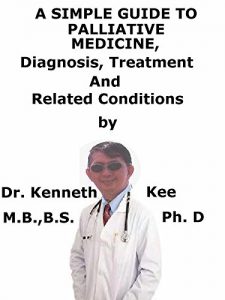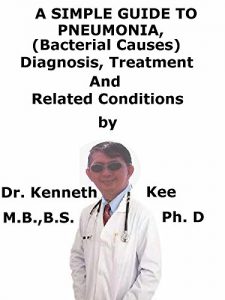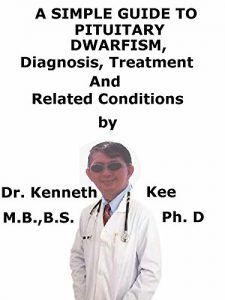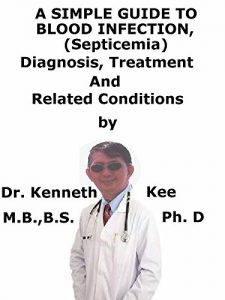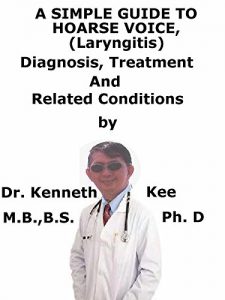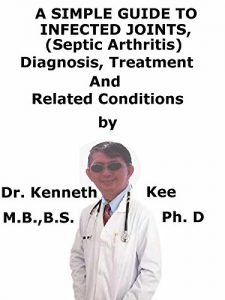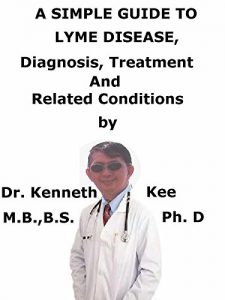Palliative means relieving pain or symptoms without dealing with the cause of the disorder.
Palliative medicine is such a large and important treatment that it is impossible to deal with every aspect of it.
This is only a simple guide of what palliative care involves.
Palliative medicine consists of the supportive care of patients with serious illnesses, and the supportive care that is present for family members.
The purpose is to increase the quality of life for the patient.
The aim of palliative medicine is to help people with severe illnesses feel better.
It prevents or treats symptoms and side effects of disease and treatment.
It does not necessarily mean end of life or hospice care, even though palliative medicine may be offered as part of these, too.
It is a comprehensive team method that entails:
1. Pain and symptom treatment,
2. Emotional support and counseling, and
3. Advanced care planning.
A broad team of health caregivers, from doctors and nurses to counselors, chaplains and social workers, provides the support.
Palliative medicine is important for all people who are dealing with serious and life-threatening illnesses.
Much of the center of attention has been on the older population, but palliative medicine is very important for children and their families, too.
A component of the purpose is to increase awareness about that.
The purpose is to spark bigger and continued awareness about the availability of palliative medicine through out the course of serious illness among doctors, pediatric patients, and their families.
Palliative medicine also treats emotional, social, practical, and spiritual disorders that illnesses can bring up.
When the person believes they are better in these areas, they have an increased quality of life
Palliative medicine can be provided at the same time as treatments that are meant to cure or treat the disease.
Palliative medicine may also be provided when the disease is diagnosed, through out treatment, during follow-up, and at the end of life.
Palliative medicine may be provided for people with illnesses, such as:
1. Cancer
2. Heart disease
3. Lung diseases
4. Kidney failure
5. Dementia
6. HIV/AIDS
7. ALS (amyotrophic lateral sclerosis)
The Difference between Palliative Medicine and Hospice:
Both palliative medicine and hospice care offer comfort.
But palliative medicine can start at diagnosis, and at the same instance as treatment.
Hospice care starts after treatment of the disease is terminated and when it is clear that the person is not able to survive the sickness.
Hospice care is normally provided only when the person is anticipated to live 6 months or less.
Palliative medicine can deal with these effects of a person's illness.
Physical problems
1. Pain
2. Trouble sleeping
3. Shortness of breath
4. Constipation
5. Loss of appetite
6. Muscle Wasting
Patients and their families face stress during illness that can result in fear, anxiety, hopelessness, or depression.
Family members may help in care giving, even if they also have work and other duties
Treatments may be:
1. Medicine
2. Nutritional guidance
3. Physical therapy
4. Occupational therapy
5. Integrative therapies
But the patient may obtain palliative medicine at any phase of an illness.
The purpose is:
1. To make the patient comfortable and
2. Increase the quality of life.
Palliative medicine is a method that:
1. Increases the quality of life of patients and their families facing the problem related with life-threatening illness,
2. Through the prevention and relief of suffering by means of early diagnosis and proper assessment and
3. Treatment of pain and other problems, physical, psychosocial and spiritual.
TABLE OF CONTENT
Introduction
Chapter 1 Palliative Medicine
Chapter 2 Cause
Chapter 3 Symptoms
Chapter 4 Diagnosis
Chapter 5 Treatment
Chapter 6 Prognosis: Final Days of Life
Chapter 7 Hospice Care
Chapter 8 The End of Life Care
Epilogue
Palliative medicine is such a large and important treatment that it is impossible to deal with every aspect of it.
This is only a simple guide of what palliative care involves.
Palliative medicine consists of the supportive care of patients with serious illnesses, and the supportive care that is present for family members.
The purpose is to increase the quality of life for the patient.
The aim of palliative medicine is to help people with severe illnesses feel better.
It prevents or treats symptoms and side effects of disease and treatment.
It does not necessarily mean end of life or hospice care, even though palliative medicine may be offered as part of these, too.
It is a comprehensive team method that entails:
1. Pain and symptom treatment,
2. Emotional support and counseling, and
3. Advanced care planning.
A broad team of health caregivers, from doctors and nurses to counselors, chaplains and social workers, provides the support.
Palliative medicine is important for all people who are dealing with serious and life-threatening illnesses.
Much of the center of attention has been on the older population, but palliative medicine is very important for children and their families, too.
A component of the purpose is to increase awareness about that.
The purpose is to spark bigger and continued awareness about the availability of palliative medicine through out the course of serious illness among doctors, pediatric patients, and their families.
Palliative medicine also treats emotional, social, practical, and spiritual disorders that illnesses can bring up.
When the person believes they are better in these areas, they have an increased quality of life
Palliative medicine can be provided at the same time as treatments that are meant to cure or treat the disease.
Palliative medicine may also be provided when the disease is diagnosed, through out treatment, during follow-up, and at the end of life.
Palliative medicine may be provided for people with illnesses, such as:
1. Cancer
2. Heart disease
3. Lung diseases
4. Kidney failure
5. Dementia
6. HIV/AIDS
7. ALS (amyotrophic lateral sclerosis)
The Difference between Palliative Medicine and Hospice:
Both palliative medicine and hospice care offer comfort.
But palliative medicine can start at diagnosis, and at the same instance as treatment.
Hospice care starts after treatment of the disease is terminated and when it is clear that the person is not able to survive the sickness.
Hospice care is normally provided only when the person is anticipated to live 6 months or less.
Palliative medicine can deal with these effects of a person's illness.
Physical problems
1. Pain
2. Trouble sleeping
3. Shortness of breath
4. Constipation
5. Loss of appetite
6. Muscle Wasting
Patients and their families face stress during illness that can result in fear, anxiety, hopelessness, or depression.
Family members may help in care giving, even if they also have work and other duties
Treatments may be:
1. Medicine
2. Nutritional guidance
3. Physical therapy
4. Occupational therapy
5. Integrative therapies
But the patient may obtain palliative medicine at any phase of an illness.
The purpose is:
1. To make the patient comfortable and
2. Increase the quality of life.
Palliative medicine is a method that:
1. Increases the quality of life of patients and their families facing the problem related with life-threatening illness,
2. Through the prevention and relief of suffering by means of early diagnosis and proper assessment and
3. Treatment of pain and other problems, physical, psychosocial and spiritual.
TABLE OF CONTENT
Introduction
Chapter 1 Palliative Medicine
Chapter 2 Cause
Chapter 3 Symptoms
Chapter 4 Diagnosis
Chapter 5 Treatment
Chapter 6 Prognosis: Final Days of Life
Chapter 7 Hospice Care
Chapter 8 The End of Life Care
Epilogue
